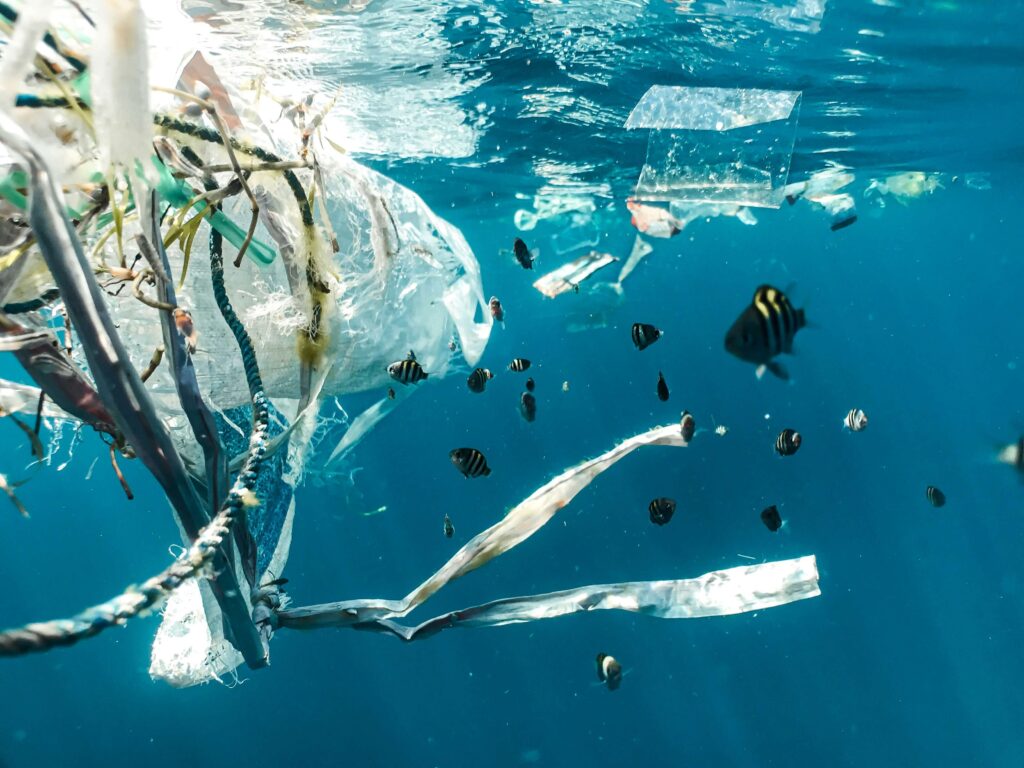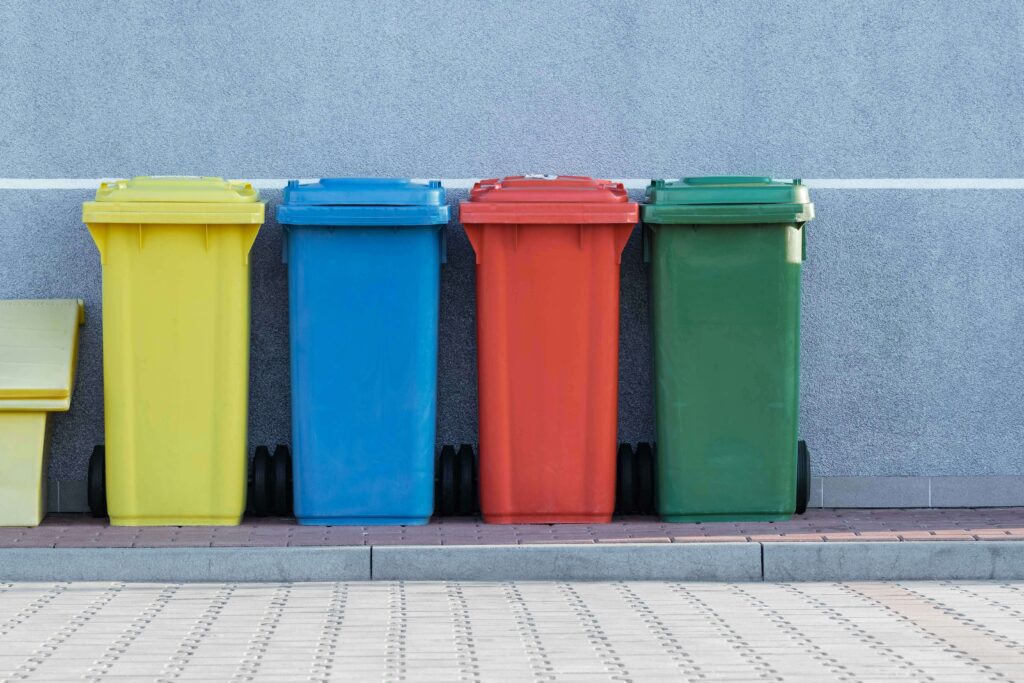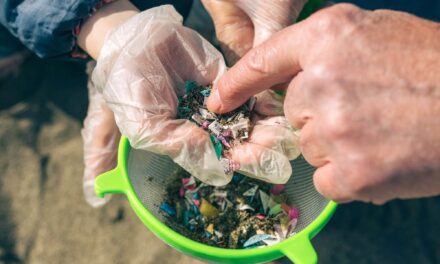
Up, Up, and Away? The Environmental Impact of Party Balloons

In This Article
Today, I urge you to take a thought-provoking journey into the world of celebrations, specifically the seemingly benign realm of party balloons. As we immerse ourselves in the rich tapestry of celebrations, let us discover the untold story of these buoyant orbs that decorate our skies on special occasions.
In the kaleidoscope of celebrations, balloons have become synonymous with joy, providing an effervescent touch to birthdays, weddings, and other festive occasions. These vibrant spheres, whether delicately attached to ropes or released into the vast expanse of the sky, have long represented joy and exhilaration. However, behind the surface of our buoyant revelries lurks an environmental narrative that demands our attention on the environmental impact of party balloons.
The Aerial Odyssey: Party Balloons’ Broad Environmental Implications

Imagine a helium-filled balloon soaring into the sky, decked with vivid colors. It’s a scene that encapsulates the spirit of joy, yet it hides a darker reality. A released balloon’s voyage extends beyond the first pleasure, as it travels far and wide, frequently finding its way into oceans and altering marine life in ways we may not completely understand.
According to scientific studies, balloons made primarily of latex or mylar constitute a dual environmental hazard. Latex balloons, which are marketed as biodegradable, linger in the atmosphere for months before returning to Earth, leaving a footprint that lasts longer than the duration of our celebrations. Mylar balloons, made of a metallic-coated polyester film, last longer than latex balloons and contribute to a silent pollution crisis.
Microplastics in Flight: The Lasting Legacy of Party Balloons

The enticement of helium-filled balloons adds another aspect to the story. Helium, a scarce resource required for medical and scientific applications, is not immune from the environmental consequences of celebratory releases. The extensive use of helium in balloons has been connected to the depletion of global helium reserves, prompting us to reconsider our party practices in light of this precious gas’s limited supply.
As we progress through this post, I’ll reveal the environmental consequences of balloons. We’ll look at the dangers balloons provide to marine life in our oceans and how microplastics contribute to the larger pollution issue. But don’t worry, dear readers, since this inquiry is more than just an exposé of environmental devastation; it’s a call to action, an opportunity to reevaluate our joyful choices and seek sustainable alternatives that reflect both festivity and responsible care of our earth.
Sustainable Revelry: Balloons vs. Eco-Friendly Alternatives

In our exploration of celebrations and their impact, data unveils a concerning reality about balloons – they are among the deadliest types of ocean trash. Latex and foil balloons, along with plastic ribbons attached to helium-filled balloons, pose a severe threat to marine life, accumulating predominantly in Virginia’s remote coastal areas. Shockingly, balloon debris ranks as the most common litter on these beaches, with up to 272 pieces per mile. This stark information supports the pressing need for laws, policies, and behavior-change campaigns to address the environmental impact of party balloons.
Join me in this interesting conversation as we unwind the threads of celebration and consider the environmental impact of party balloons. The joy of celebrations does not have to come at the expense of our environment, and we can work together to create celebrations that are in harmony with our planet’s fragile balance.
Environmental Impact of Party Balloons

Balloons may appear harmless and ephemeral, yet their discharge into the atmosphere contributes to a greater environmental concern. Let’s look at the scientific facts and data underlying this seemingly harmless party addition.
- The Life Cycle of Joy: Balloons in the Environment
Balloons, generally constructed of latex or mylar, are intended to be lightweight, allowing them to float smoothly into the sky. However, because of their lightness, these balloons can go far and wide before returning to Earth after the celebration. Latex balloons, which are biodegradable, can take months to dissolve, whereas mylar balloons, comprised of a metallic-coated polyester film, can last for years in the environment. - The Journey Beyond Celebrations: Ocean Pollution
Many released balloons wind up in the ocean, endangering marine life. When balloons enter the sea, marine animals may mistake them for jellyfish or other prey. Ingesting balloons can be lethal, causing intestinal obstructions and starvation in animals. According to the Marine Conservation Society, balloons are among the top 10 things discovered during beach cleanups, adding to the rising problem of marine pollution. - Balloons in the Sky, Microplastics in the Sea
Balloons deteriorate and break down into smaller fragments known as microplastics. These microscopic particles can enter the food chain, endangering marine life and human health. The impact of microplastics on the oceans is an increasing concern, with research indicating that they can absorb and carry hazardous substances, eventually accumulating in the tissues of sea creatures. - The Gas Factor: Helium Depletion and Environmental Consequences
Many party balloons contain helium, a nonrenewable resource used in medical and scientific applications. The increasing use of helium in balloons adds to the depletion of world helium supplies, which could lead to shortages in critical industries. Furthermore, helium extraction and manufacture can have environmental repercussions, stressing the need to reconsider current balloon practices. - The Littered Landscape: Ground Pollution
Even if balloons do not end up in the ocean, they can still cause havoc on the ground. Released balloons frequently land in natural regions, parks, and other open spaces, exacerbating litter and pollution. Balloon debris can harm species and habitats, upsetting local environmental equilibrium.
Alternatives to Balloons: Bringing Sustainability to Celebrations

Now that we’ve covered the less-than-pleasant aspects of party balloons, let’s turn our attention to alternatives that can make our celebrations more environmentally friendly.
- Biodegradable balloons
If balloons are essential for your occasion, choose biodegradable latex balloons. These balloons degrade faster than their non-biodegradable equivalents, lowering their environmental impact. However, they must be used responsibly and disposed of correctly. - Nature-inspired decorations
Consider using natural and biodegradable materials as decorations. Consider integrating flowers, leaves, or other natural components that will not harm the environment. These materials not only add elegance to your celebrations, but they also help to reduce the environmental impact. - Fabric banners and flags
Could you replace the balloons with reusable fabric banners and flags? Not only are these solutions more environmentally friendly, but they also create a vibrant and cheerful ambiance. Invest in high-quality materials that can sustain several celebrations, minimizing the need for frequent replacements. - Seed Paper Confetti
Instead of regular confetti, try seed paper confetti. This eco-friendly choice adds a pop of color to your celebrations and, when put into the earth, sprouts wildflowers. It’s a lovely way to celebrate while contributing to the environment. - Digital Invitations & Celebrations
Consider abandoning physical invitations and decorations entirely in this technological age. Choose digital invitations and celebrate with virtual gatherings. This not only lowers trash, but it also reduces the carbon footprint of transport to and from events.
The Environmental Impact of Party Balloons: Final Thoughts

As we celebrate, let us remember the impact our actions can have on the environment. Balloons, while wonderful in the moment, leave an indelible impact on the surroundings. By selecting sustainable alternatives, we can still hold memorable and beautiful events without jeopardizing the health of our oceans and ecosystems.
It’s time to reconsider our party habits and adopt eco-friendly behaviors that support a sustainable existence. Let us celebrate in a way that offers us delight while also ensuring a healthier and happier planet for future generations. After all, the essential beauty of any celebration is the harmony it creates with the environment around us.
Frequently Asked Questions

What is the environmental impact of party balloons?
The environmental impact of party balloons is an important factor to consider during our celebrations. Balloons, whether made of latex or mylar, face environmental challenges. Latex balloons, while biodegradable, can linger in the atmosphere, whereas mylar balloons, with their metallic-coated polyester layer, can last for years, contributing to pollution.
What happens to balloons released into the sky?
Once released, balloons can travel considerable distances before returning to Earth. Many winds up in the water, seriously threatening marine life. Balloons may be mistaken for food by marine species, resulting in consumption and potential damage. Balloon remains can potentially contribute to ocean pollution, which is becoming increasingly prevalent.
How do balloons affect marine life?
Balloons are frequently released into the water, where they end up endangering marine life. Marine creatures may confuse balloons for prey, resulting in ingestion and damage. This emphasizes the importance of understanding and addressing the potential harm caused by the environmental impact of party balloons.
How does helium depletion affect balloon use?
Helium is a nonrenewable resource used in a variety of industries, including medical and scientific purposes. The environmental impact of party balloons includes the usage of helium, a nonrenewable resource. The widespread use of helium in balloons contributes to the depletion of world helium reserves, underlining the importance of environmentally responsible celebrating behaviors. Helium extraction and manufacturing can have an impact on the environment, stressing the importance of sustainable techniques in preserving this vital resource.
Can I continue to use balloons at events without affecting the environment?
Although the environmental impact of balloons is concerning, there are more sustainable alternatives available. Select biodegradable latex balloons and ensure correct disposal. To reduce the environmental impact of your event, consider using eco-friendly décor like fabric banners, seed paper confetti, or digital invitations.
How do I properly dispose of balloons?
If using latex balloons, make sure they are labeled as biodegradable. When it comes time to dispose of them, chop them into smaller pieces to accelerate decomposition. Attempt to puncture and deflate mylar balloons before disposing of them. Prioritize recycling and efficient trash management to reduce the environmental impact of balloon waste.

Are there any regulations governing balloon releases?
Some regions have established or are contemplating regulations to limit or prohibit balloon releases owing to environmental concerns. It is critical to stay up to date on local rules and investigate alternate, environmentally friendly solutions for festivities.
Are there any environmentally friendly alternatives to balloons?
Absolutely! Consider utilizing biodegradable latex balloons, or look at alternative decorations like fabric banners, seed paper confetti, or natural elements like flowers and leaves. Digital invites and virtual festivities are also environmentally friendly options that decrease the need for real materials.
Can biodegradable balloons mitigate the environmental impact?
Biodegradable latex balloons are a step toward reducing the environmental impact of party balloons. Nonetheless, proper disposal is essential. Even though they degrade more quickly, prudent usage and disposal methods are required to decrease their total environmental impact.
How can I make my events more eco-friendly?
Aside from choosing sustainable décor, consider lowering overall waste by utilizing recyclable dinnerware, serving locally produced and organic food, and installing energy-efficient lighting. Encourage carpooling or offer eco-friendly transportation options to participants to further reduce the event’s environmental impact. Choose biodegradable latex balloons, practice appropriate disposal, and investigate options that reduce the environmental impact of party balloons.
What effect do balloons have on wildlife?
Balloons, particularly those released into the environment, can be detrimental to wildlife. Marine creatures may confuse balloons for prey, resulting in ingestion and possible damage. Additionally, balloon leftovers on the ground can damage ecosystems and endanger terrestrial species. Choosing environmentally friendly alternatives helps to lessen these effects.
How do I increase awareness about balloons’ environmental impact?
Sharing information on the environmental impact of party balloons is an effective method to increase awareness. Encourage the usage of sustainable alternatives and take part in local efforts encouraging environmentally responsible festivities. Small efforts and increased awareness can all contribute to a good shift in our approach to festivals.


























